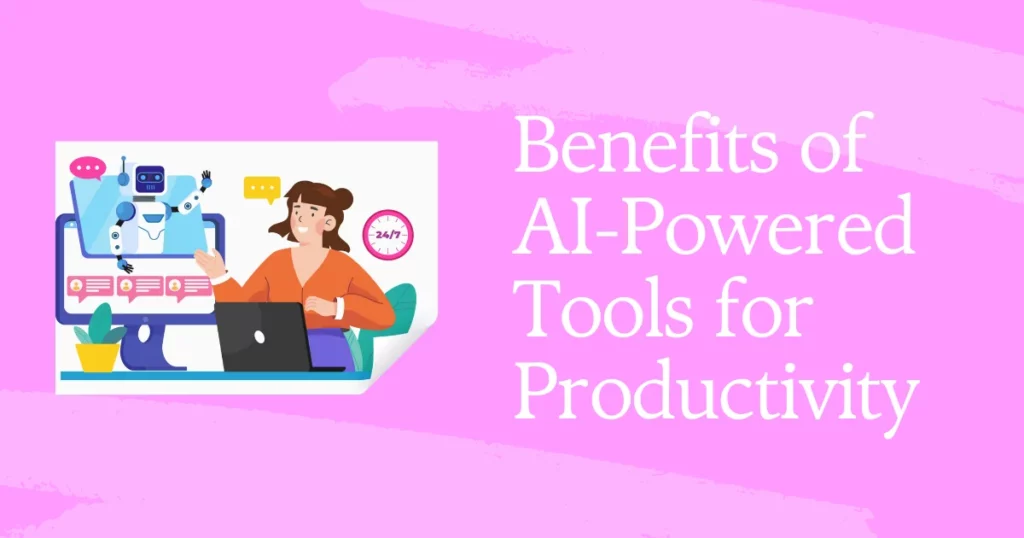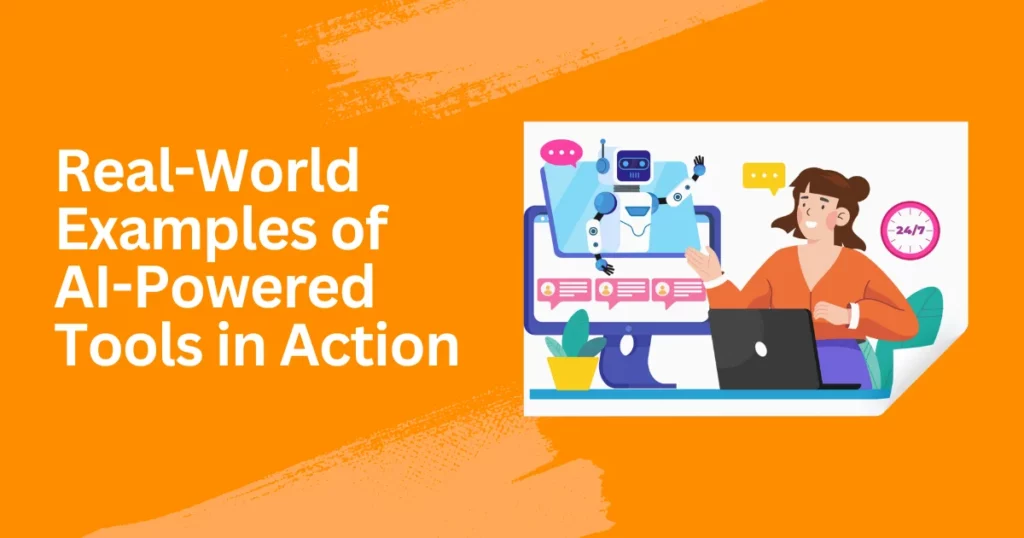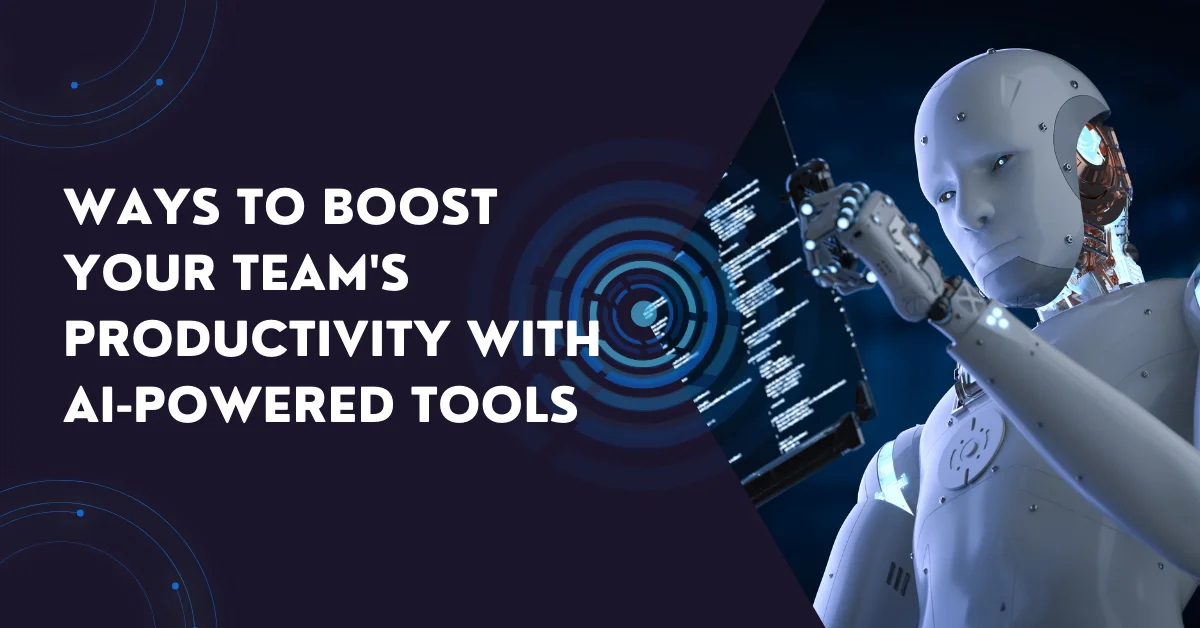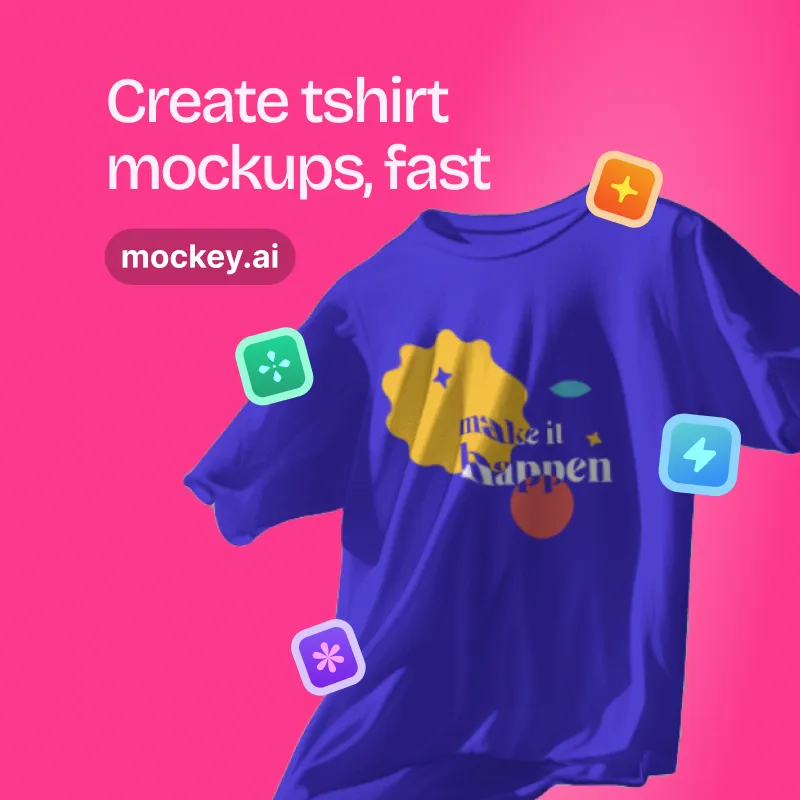Productivity — key to success. As AI and machine learning have become popular, we may employ AI-powered technologies to streamline processes, automate repetitive operations, and make data-driven choices. However, it might be challenging to know where to begin, given the abundance of AI-powered solutions available. For this reason, we’ve put together this thorough tutorial to show you how to use AI-powered products to increase team productivity.
Getting Started with AI-Powered Tools
Let’s first discuss the importance of having the appropriate tools and resources before getting into the specifics of AI-powered tools. A Lawrina — click here — a platform that offers templates for contracts, agreements, and other business papers, is one of the most essential tools for any organization. You can ensure that your team is always in agreement and that your company is safeguarded from any threats with a well-designed template.
Benefits of AI-Powered Tools for Productivity

So, what are the benefits of using AI-powered tools for productivity? Here are just a few:
- Automation of routine tasks: Your staff can focus on more strategic and high-value duties by using AI-powered solutions to automate repetitive operations like data input, email management, and scheduling.
- Increased efficiency and accuracy: Teams may complete their job more quickly and accurately using AI-powered solutions to optimize workflows and lower error rates.
- Improved decision-making: By utilizing AI-powered solutions, teams may make data-driven conclusions based on real-time data and insights.
- Improved data analysis and insights: AI solutions can examine big datasets and offer insights that are not humanly discernible.
AI-Powered Tools for Task Automation
One of the most significant benefits of AI-powered tools is their power to automate routine tasks. Here are a few examples of AI-powered tools that can automate tasks:
- Project management tools: AI-powered project management tools can automate task assignment, tracking, and reporting, making it easier for teams to stay on top of their work.
- Chatbots: AI-powered chatbots can automate customer service and support, providing 24/customer support and freeing your team to focus on more strategic tasks.
- Automated workflow management tools: AI-powered workflow management tools can automate workflows, decreasing the need for manual intervention and improving efficiency.
AI-Powered Tools for Data Analysis and Insights
AI-powered tools can also deliver valuable insights and analysis of large datasets. Here are a few examples of AI-powered tools that can analyze data:
- Business intelligence tools: AI-powered business intelligence tools can analyze data and provide insights that would be impossible for humans to identify independently.
- Predictive analytics tools: AI-powered predictive analytics tools can analyze data and provide predictions and forecasts to help teams make better decisions.
- Machine learning algorithms: AI-powered machine learning algorithms can analyze data and recognize patterns and anomalies to help teams improve their operations.
Implementation Strategies for AI-Powered Tools
Implementing AI-powered tools in your team can be a complex process, but here are a few strategies that can help:
- Identify the right AI-powered tools: Take the time to research and identify the AI-powered tools that are best suited for your team’s needs.
- Set clear goals and objectives: Set clear goals and objectives for AI-powered tool implementation, and make sure that everyone on your team is aligned with those goals.
- Develop a comprehensive training plan: Create a comprehensive training plan that covers the basics of AI-powered tool implementation and more advanced topics.
- Monitor and evaluate the effectiveness of AI-powered tools: Monitor and evaluate the effectiveness of AI-powered tools and make adjustments as needed.
Two Additional Considerations
In addition to the strategies outlined above, there are two additional considerations to keep in mind when implementing AI-powered tools:
- Data quality and management: AI-powered tools are only as good as the data they’re trained on. Make sure that your team is collecting and managing high- quality data that is accurate and up-to-date.
- Bias and transparency: AI-powered tools can perpetuate biases and lack transparency, leading to unfair outcomes. Make sure that your team is aware ofthese potential issues and is taking steps to mitigate them.
Real-World Examples of AI-Powered Tools in Action

There are many real-world examples of AI-powered tools, from chatbots that provide customer support to machine learning algorithms that help teams make better decisions. For example, a company might use an AI tool to analyze customer data and determine trends and practices that can inform marketing and sales strategies. Another company might use an AI-powered tool to automate tasks such as data access and email management, freeing team members to focus on more strategic and high-value tasks.
The Future of AI-Powered Tools
As AI technology continues to grow and improve, we expect to see even more advanced AI-powered tools to help teams work more efficiently and effectively. For example, future AI powered tools can analyze complex data sets and provide insights that are impossible today.
They might also be able to automate even more routine tasks, freeing up teams to focus on high-value tasks that require creativity, innovation, and problem-solving skills. Whatever the future holds, one thing is sure: AI powered tools are here to stay, and they will play an increasingly important role in helping teams work more productively and achieve their goals.
Conclusion
You are boosting your team’s productivity with AI powered tools that require strategy, planning, and execution. Following the tips and best practices outlined in this guide can help your team work more efficiently and actually achieve your business goals. Remember to stay up-to-date with the latest AI-powered tools and technologies and to continually evaluate and improve your team’s productivity and efficiency.

